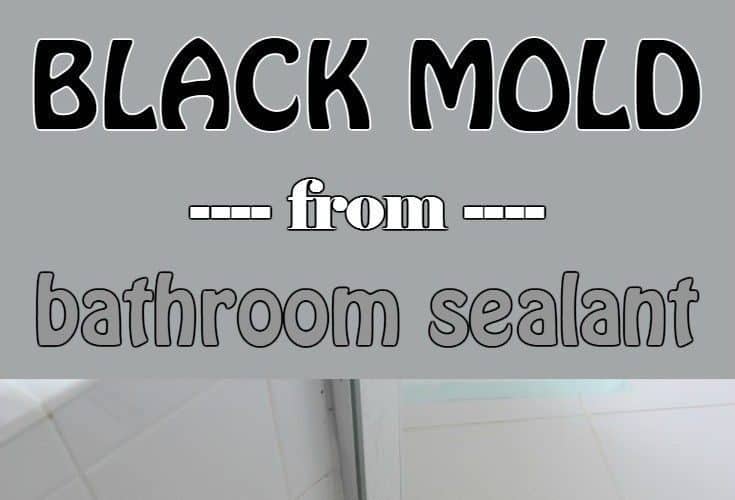Mold grows best in a warm, moist environment so it is no surprise that the bathroom is the room in your home that is most inviting to this unsightly, unsanitary and sometimes dangerous problem. Read on for information about bathroom mold and solutions for preventing and getting rid of it.
Contents
Do You Have Mold in Your Bathroom?
You will know you have a black bathroom mold problem rather quickly because of the telltale black spots that will appear in shower crevices, around the bottoms of bottles on shower ledges, on your shower ceiling and elsewhere. Your shower is the most welcoming host for mold; however, poorly installed or aging toilets, sinks, exhaust fans and pipes may create mold havens as well. Wherever moisture might leak and collect is a potential mold spot.
How Can You Prevent Bathroom Mold?
Prevent bathroom ceiling mold by keeping your bathroom as dry as possible. This, of course, is not an easy task with so much running water in such a small space.
Fortunately, most modern restrooms have been designed with moisture ventilation in mind. If your bathroom has an exhaust fan, run it not only during your shower but also for a minimum of 15 minutes following your shower. If your bathroom does not have a fan, install one or hire a reputable contractor to do it. Bathroom fans designed for ordinary household use are readily available for as low as $25, although you can spend up to $200 for a sophisticated model that automatically turns on when its sensors detect high humidity levels.
Make sure your fan vents to the outside and not into an attic or crawlspace as the moist air needs to leave your home rather than simply transfer from one enclosed space to another. If the latter occurs, you may be eliminating mold in your bathroom but growing it elsewhere in some unseen location.
Lower-tech methods of keeping your bathroom dry and free of mold include simple daily chores you can incorporate into your shower routine. Wipe down your shower walls after every shower, using a dry towel or a squeegee. Don’t forget to towel-dry your shampoo bottles and dispensers in your shower, as well. Mold often grows on them unnoticed.
There are also several commercial shower spray products on the market that are designed to remove bathroom mold when used everyday. If hand-drying your shower walls takes too much time or is inconvenient, you might experiment with these products. Look for them alongside other cleaning products in your grocery store.
Last, a quick weekly cleaning can do wonders for keeping bathroom mold at bay. Use a sponge dampened with a bathroom cleaning liquid to simply wipe down countertops, sinks, fixtures and the base of your toilet. If you don’t want to purchase a commercial cleaning product, white vinegar is an excellent, non-toxic, germ-killing cleaning agent.
How Do You Get Rid of Mold In The Bathroom?
If it’s too late to prevent bathroom wall mold and you already have black spots growing in the lavatory, you will have to use a harsher cleaning agent as well as more elbow grease to effectively and completely remove the mold.
Choose bleach diluted with warm water in a bucket or spray bottle, along with a small amount of non-ammonia household cleaner, to battle the mold. Apply the bleach solution to the moldy spots on shower walls, ledges, ceilings or anywhere else you see the telltale black spots and then scrub with a toothbrush or soft scrubbing pad.
Since you will be working with bleach, make sure to run your exhaust fan and open your bathroom window so you are not overcome by the odor. You should also wear rubber gloves and you may also opt for a cotton face mask to minimize inhalation of the bleach fumes.
Vigorous scrubbing with bleach will sometimes cause your tub and shower grout and caulk to deteriorate. Since both grout and caulk in your shower serve to keep moisture out of your walls and prevent mold from forming there, inspect them after you’ve eliminated your shower mold and re-grout or caulk as needed.
What If You Can’t Eliminate Your Bathroom Mold?
If, despite your best efforts, you cannot seem to thoroughly eliminate your bathroom shower mold, you may need the help of a mold remediation expert. These certified professionals are often listed in phone books and directories under “water damage restoration,” “mold remediation” or “disaster cleanup.” Their services should include a mold inspection, cleanup and, if necessary, permanent improvements in your bathroom to stop future mold intrusion.



